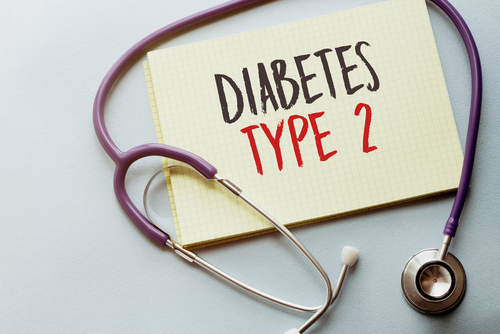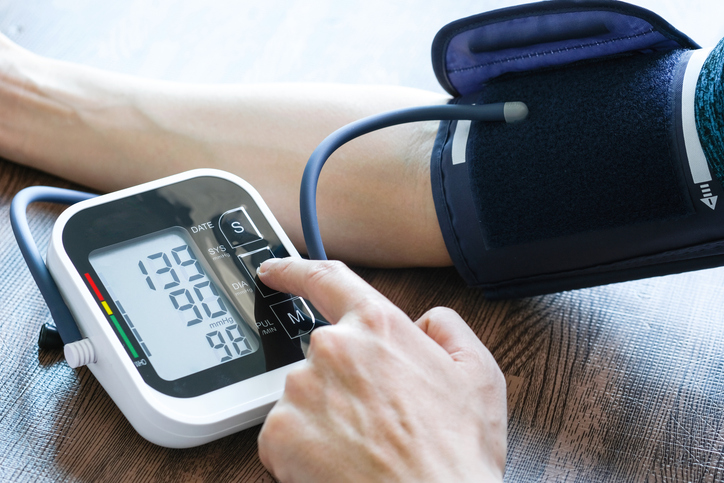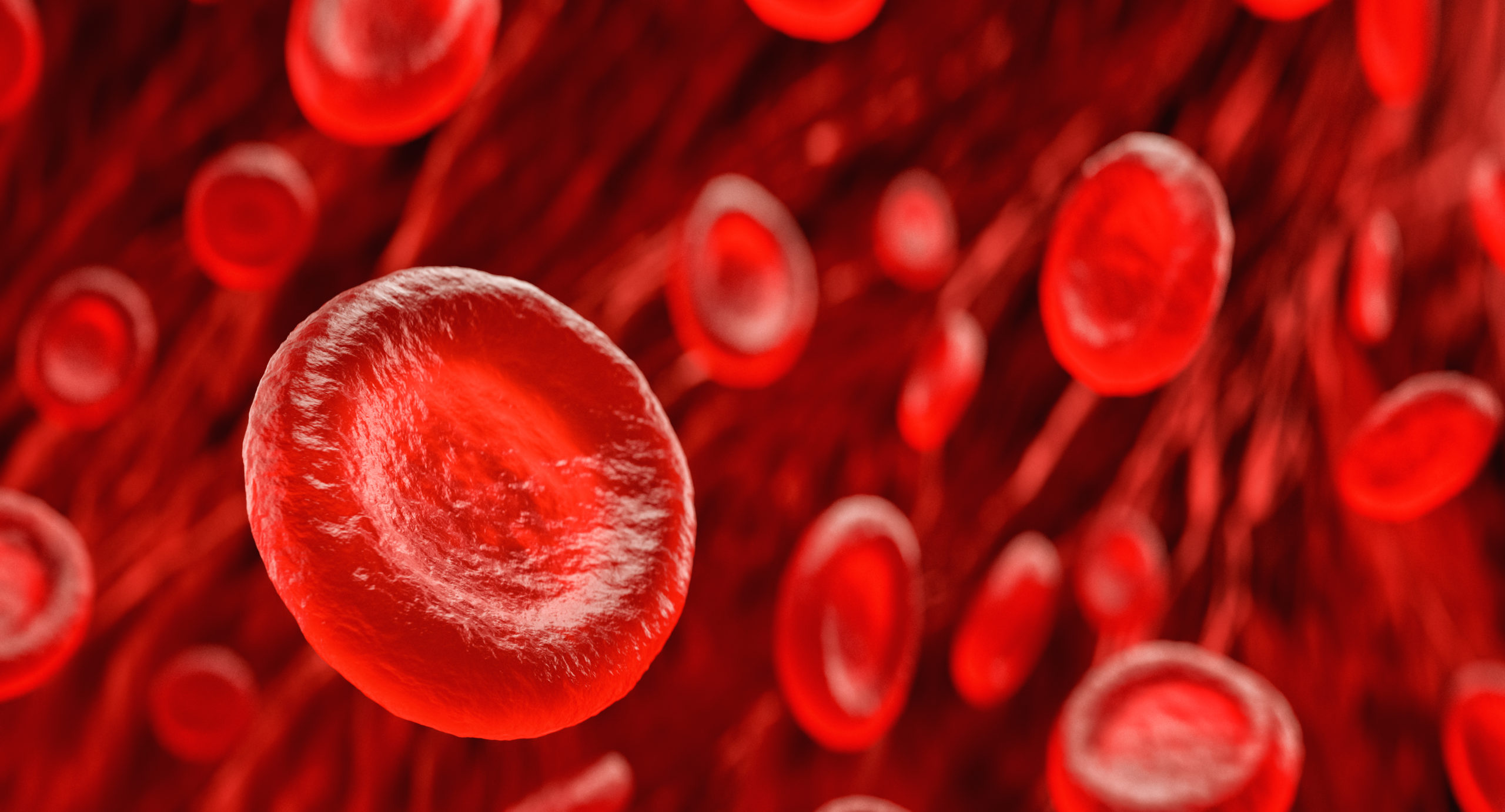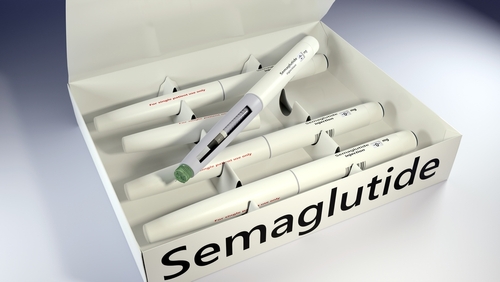
Diet and nutrition are vital to nephroprotection in patients with chronic kidney disease (CKD); hence, it is standard practice to advise decreased protein intake in CKD to slow the decline of renal function. In adults with stage 3-5 CKD, current Kidney Disease: Improving Global Outcomes (KDIGO) clinical practice guidelines suggest reducing dietary protein intake (DPI) to 0.55-0.60 g/kg/day or to 0.28-0.43 g/kg/day with keto acid supplementation. Achieving a sufficient dietary energy intake (DEI) can improve low-protein diet safety and adherence. In the late stages of CKD, the current recommendation is to maintain a DEI around 25-35 kcal/kg/day.
Studies have demonstrated that high protein intake increases intraglomerular pressure and glomerular hyperfiltration, leading to kidney injury and decreased kidney function. Conversely, experimental models and studies in humans have shown improved kidney function when protein was restricted in CKD patients without diabetes. Therefore, protein restriction is thought to help reduce progression toward end-stage kidney disease (ESKD).
Diabetic kidney disease (DKD) is distinguished by albuminuria and reduced estimated glomerular filtration rate (eGFR). These are independent risk factors for ESKD, cardiovascular events, and death. Although DKD is the most common cause of CKD worldwide, current practice guidelines do not address dietary management specific to DKD, due in part to a lack of knowledge regarding specific interventions for DKD; most nutrition studies in DKD have been observational and often retrospective. KDIGO guidelines for diabetes management in CKD recommend maintaining a DPI of 0.8 g protein/kg/day for patients with concurrent diabetes and CKD. The guidelines further specify that patients with DKD should consume a high volume of fruits and vegetables and plant-based proteins and limit consumption of processed meats.
An observational, cross-sectional study led by Mariana Cassani Oliveira, PhD, and published in the Journal of Renal Nutrition sought to assess the dietary intake and nutritional status of patients with stage 4-5 CKD according to the presence of diabetes. The study included 75 subjects with CKD who were referred to a nephrology unit between October 2018 and March 2019. These subjects had a median age of 71 years, and 36 (48%) of them had diabetes in addition to CKD.
Patients aged older than 18 years, with eGFR ≥30 mL/min/1.73m2 (stage 4-5 CKD) according to the CKD-Epidemiology Collaboration formula, and nondialyzed were included. The study excluded those not able to report a reliable nutritional intake diary or undergo clinical assessment. Age, sex, diabetes status, renal disease, and biochemical parameters were recorded for all patients. Diabetes was defined by an HbA1C >6.5%, fasting glycemia >7 mmol/L, and/or use of a hypoglycemia treatment or insulin, and/or diabetes diagnosis.
Researchers evaluated subjects’ daily dietary intake by 24-hour dietary inquiry and urine excretion. They assessed nutritional status by measuring body composition using bioimpedance analysis and muscle function using handgrip strength. Undernutrition was considered using the protein energy wasting (PEW) score.
Patients were considered to have PEW if they presented at least three of the following criteria: body mass index (BMI) <23 kg/m2, albumin <38 g/L, prealbumin <300 mg/L, and normalized protein catabolic rate <0.8 g/kg/24 hours according to Fouque et al. Handgrip strength measures were evaluated by the Takei Digital Handgrip Dynamometer.
The median weight-adjusted DEI was 22.6 (range, 19.1-28.2) kcal/kg/day, while the mean weight-adjusted DPI was 0.86 ± 0.19 g/kg/day. There was no significant difference in DEI and DPI between patients with and without diabetes, but weight-adjusted DPI was significantly lower in diabetic patients (P=.022). Diabetic and nondiabetic patients had similar characteristics in terms of renal function, serum albumin, and urinary parameters.
In univariate analysis, diabetes was associated with weight-adjusted DPI (95% CI, −0.237 [−0.446 to −0.004] kcal/kg/day; P=.040). However, this association did not remain significant in multivariate analysis. Nutritional status did not differ significantly between diabetic and nondiabetic patients; however, patients with stage 4-5 CKD with diabetes consumed less calcium and fiber (well below recommended levels) and had lower lean body mass (P=.046) and higher BMI compared with subjects without diabetes.
The ratio of patients with PEW was not significantly different between diabetic and nondiabetic patients (13.9% vs 10.2%, respectively). When adjusted for body weight, patients with diabetes had a DPI meeting current recommendations but nondiabetic patients had a higher than recommended DPI according to the most recent KDIGO clinical practice guidelines. Both diabetic and nondiabetic patients had DEI lower than the recommendations, which is important because low DEI is a risk factor for developing PEW. However, other than DEI below recommendations, no sign of undernutrition was found in the subjects. This finding suggests that the DEI of the present cohort was adequate for maintaining nutritional status.
Limitations of the study include the small number of subjects and potential recall bias because researchers relied mainly on dietary inquiries to assess dietary intakes. Larger multicenter studies are needed, using a longitudinal analysis, to determine whether a low-protein diet in CKD patients with diabetes would help stem CKD progression. Further, the researchers suggest that revisions to dietary advice should include increasing fiber and calcium intakes, which were well below recommended levels.
In summary, the authors stated, “In the present cohort, DPI and DEI were not significantly different between diabetic and nondiabetic CKD patients. Diabetes was not found to be associated with dietary intakes in CKD stage 4-5 patients.”
Source: Journal of Renal Nutrition







 © 2025 Mashup Media, LLC, a Formedics Property. All Rights Reserved.
© 2025 Mashup Media, LLC, a Formedics Property. All Rights Reserved.